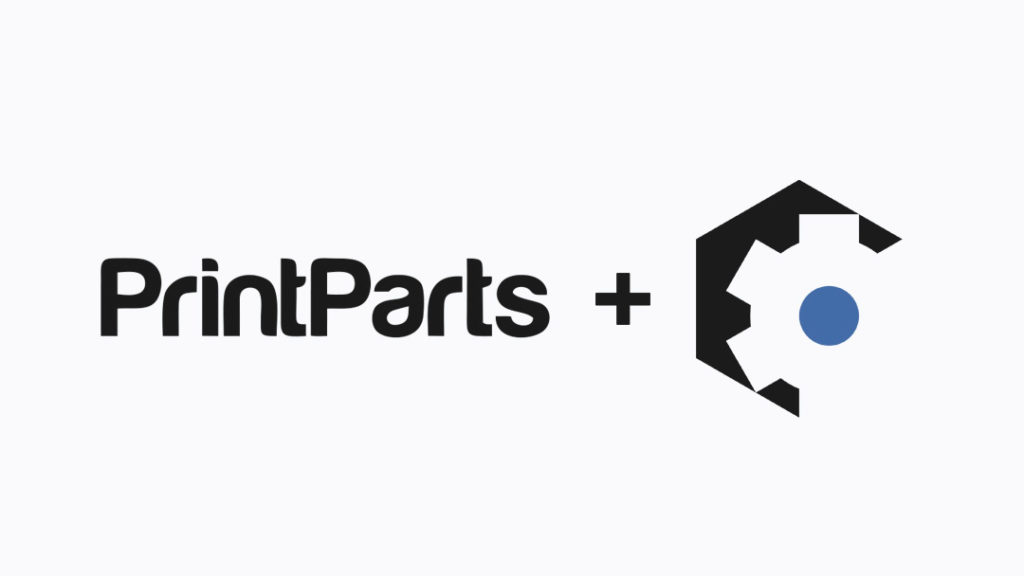A development partnership agreement has been announced between 3D Control Systems, a San Francisco-based software company specializing in workflow management platforms for additive manufacturing, and PrintParts Inc., an AM technologies and services provider in New York City. The two companies will be combining PrintParts’ SmartParts authentication and traceability capabilities with 3D Control Systems’ workflow software.
The primary aim of this collaborative effort is to allow users to create an entirely traceable manufacturing process from start to finish. PrintParts and 3D Control Systems envision that this will not only improve the precision with which digital twin data is stored and analyzed; it will also make the benefits of storing that information more functional in the production process by integrating the data directly with the relevant physical parts.
Commenting on the collaboration, founder and CEO of PrintParts Robert Haleluk said, “we saw the need for traceability within additive as it continues to prove beneficial for production purposes, and additive MES companies such as 3D Control Systems are already providing end-users with the visibility and control they need to scale into production applications.” Adding to Halelu’s comments, CEO and co-founder of 3D Control Systems Michelle Bockman suggested that through this partnership “we expect to deliver more than an integration between companies, we start a new path in AM history with a real solution helping real people.”
Integration has always been fundamental to 3D printing, and it’s becoming a more significant consideration than ever, both in shaping the major moves made by key companies, as well as in trying to gauge the trajectory of where the industry as a whole is headed in the near future. Generally, this isn’t a unique attribute of 3D printing compared to the contemporary global business environment at large; in a more specific sense, however, the rate at which it’s happening compared to the age of the field itself is quite striking.
When looking at integration in other industries, usually in the form of mergers and acquisitions between enormous multinational corporations, it tends to be a symptom of stagnation, an attempt at monopolistic control, or simply a way to maximize profit. For instance, hearing about a company “streamlining” its operations is usually a euphemism for its downsizing plans (itself, a euphemism for firing lots of people).
On the other hand, the type of integration that currently exists in the 3D printing industry is forward-looking: it seems to be happening as a proactive measure to prevent the kind of waste characteristic of enormous industrial operations from ever overtaking the sector rather than a corrective implemented after-the-fact. Whether such integration is happening in terms of combining software platforms with proprietary hardware solutions, or the joining together of various companies for specific efforts, or even integrating entire supply chains, symbiosis is clearly becoming a critical factor all across the board in 3D printing. This will continue to be more crucial going forward for all companies and institutions involved if additive manufacturing is to fulfill its promise of providing a more sustainable version of industrialization.
